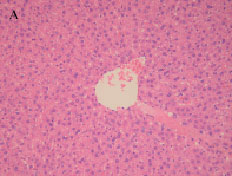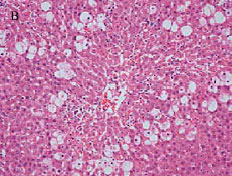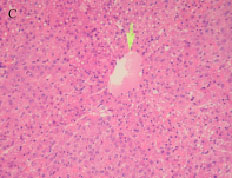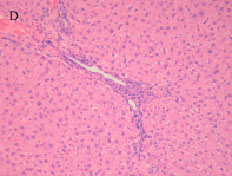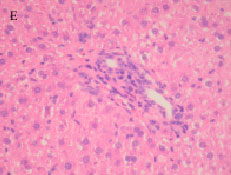Research Article
Evaluation of the Hepatoprotective Effect of Fumaria parviflora and Momordica balsamina from Saudi Folk Medicine Against Experimentally Induced Liver Injury in Rats
Department of Pharmacognosy, College of Pharmacy,King Saud University,P.O. Box 2457, Riyadh 11451, Kingdom of Saudi Arabia
Mohammad S. Al-Dosari
Department of Pharmacognosy, College of Pharmacy,King Saud University,P.O. Box 2457, Riyadh 11451, Kingdom of Saudi Arabia
Abdulmalik M. AlSheikh
Department of Pathology, College of Medicine, King Saud University,P.O. Box 2457, Riyadh 11451, Kingdom of Saudi Arabia
Maged S. Abdel-Kader
Department of Pharmacognosy, College of Pharmacy,King Saud University,P.O. Box 2457, Riyadh 11451, Kingdom of Saudi Arabia










